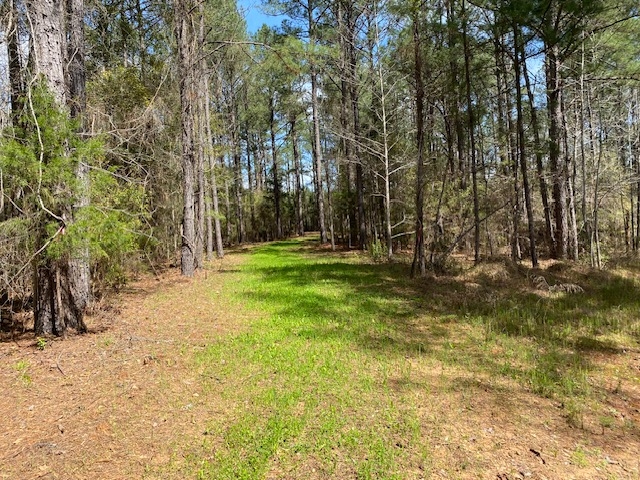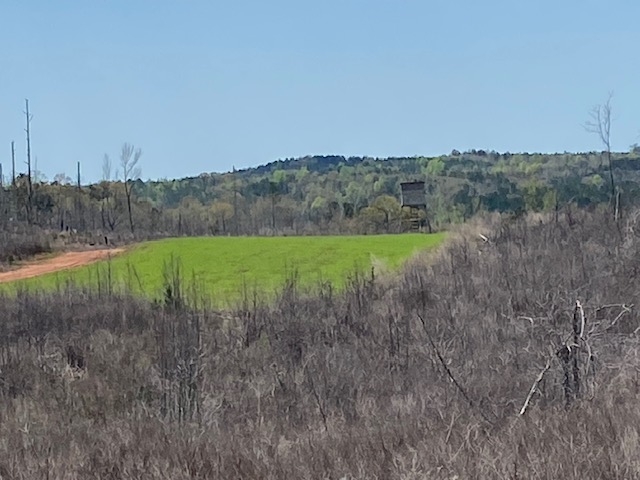By Larry Foster, RF.
With the end of summer approaching, we can look forward to cooler temperatures, college football and deer season. Landowners will soon need to get game food plots prepared and planted. Several steps are necessary to ensure good results that attract abundant wildlife for hunting or observation.
If a property does not already have openings in place it is important to start early. Log loading decks, old roads and edges where the deer are crossing between bedding and feeding habitats make good game plot locations. Soils with moderate moisture capacity should be favored over dry, sandy ridgetops or saturated low areas. If stumps need to be cleared it is better to grind them down to ground level with a mulcher than to push them off with a bulldozer. This preserves more of the topsoil.
The next step is to collect soil samples using a shovel or soil probe and a plastic bucket. Metal containers can contaminate the samples. Soil samples should be collected from the top six inches of soil, where most of the plant roots will grow. Areas with different soil types should be sampled separately from each other. Samples should be sifted free of clods and organic plant material, and then sent to a soil lab for interpretation. Auburn University has a soil lab that can process the samples and generate fertilizer recommendations at a very reasonable cost. There are also several private commercial labs. Labs can supply forms and sample bags for the samples. Recommendations from the labs should be followed closely. Except for prairie soils, most sites that are not being farmed are naturally acidic and need lime to raise the soil pH. The effectiveness of nutrients from the fertilizers that are applied depends on the proper pH level.
It is helpful to mow or spray vegetation that has grown during the summer a couple of weeks ahead of soil preparation. This allows clumps of weeds and roots to partially break down. After mowing, lime and fertilizer can be spread over the soil, and then incorporated with a disc. Some hunters prefer the no-till sowing method where a disc is not used. This works best when the soil pH and fertility are already in good shape from previous cultivation.
There are many choices of seed to plant, from grains like wheat, oats and rye, to various clovers, brassicas, radish and chicory. New products and combination mixes are constantly coming on the market. Trial and error will tell which plants grow best and are most preferred by the deer on a particular property. Grains should generally be planted at 75 to 100 pounds per acre depending on whether or not other seeds will be added at rates recommended on the bags. With this volume of seed, it is easiest to use a grain drill or a rotary spreader mounted on a tractor or ATV to broadcast the seed. Germination is best when the grain seeds are planted with a grain drill, covered lightly with the disc or dragged with a fence gate or other implement after sowing to mix the seed with the soil. Smaller seeds can be broadcast over the surface before a good rain is expected, to place the seed in contact with moist soil. A hand crank seeder works well for small seeds.

If all goes well, by opening day you will have a green carpet of tender forage ready for the deer. A follow-up application of high-nitrogen fertilizer in December will help to ensure that the plots remain attractive through the rest of the season. You can watch the doe groups fill up the field in the afternoons while you wait for the boys with the antlers to show up at dusk. That makes the work of planting game food plots worth it!
